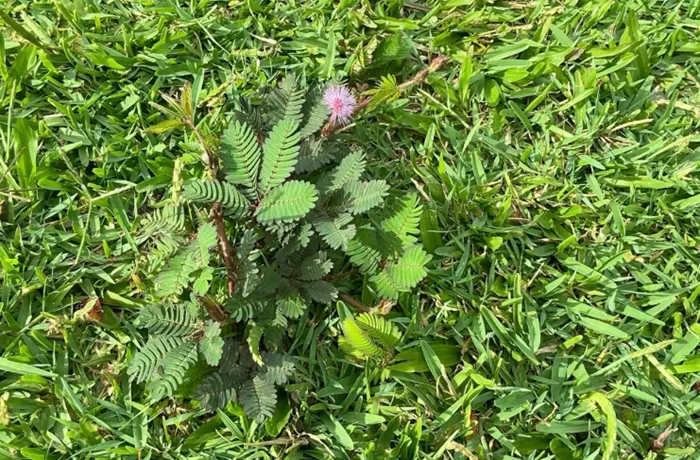Farmers and plant enthusiasts may soon have an innovative way to monitor plant health in real-time. A breakthrough in sensor technology developed by the Singapore-MIT Alliance for Research and Technology (SMART) promises to help detect drought stress in plants before it causes irreversible damage.
Researchers from the DiSTAP group at SMART, in collaboration with Temasek Life Sciences Laboratory (TLL) and MIT, have created the world’s first Covalent Organic Framework (COF) sensors embedded in silk fibroin (SF) microneedles. These sensors can detect changes in the pH levels of living plants, a key indicator of drought stress.
Drought, caused by a lack of water, disrupts crucial plant processes, leading to smaller leaves, stunted growth, and reduced root development. If prolonged, it can result in wilting and death. Timely detection of drought stress can help farmers take action before crop yields are severely impacted.
Unlike traditional methods, which can only detect drought stress after it has already taken hold, this new COF-based sensor can detect a reduction in acidity in plant tissues up to 48 hours earlier. The technology measures pH changes in plant xylem tissues—vital transport structures in plants—and provides an early warning of drought conditions.
“This type of sensor can be easily attached to the plant and monitored with simple instruments,” said Professor Michael Strano, a leading researcher at DiSTAP and MIT. “This could put powerful tools into the hands of farmers and researchers alike, helping them make more informed decisions.”
The new sensors overcome a long-standing challenge for COF-based technology. Previously, COFs—networks of organic molecules that change color with pH fluctuations—could not be integrated into living biological systems. However, by embedding the COF sensors in silk fibroin, researchers have created a minimally invasive way to monitor plants’ health in real-time.
Professor Benedetto Marelli, another key researcher from DiSTAP, emphasized the importance of such technologies in addressing the challenges of global food security. “This breakthrough is an example of the new tools required to make agriculture more precise as we face climate change and limited resources,” he said.
The COF-SF microneedles offer a unique approach by enabling 3D mapping of pH changes within plant tissues. This is done using just a smartphone camera, providing a non-destructive way to monitor plant health. The sensor’s color shifts—from dark red to red—indicate increasing pH levels, signaling the onset of drought stress.
Dr. Song Wang, a lead researcher on the project, explained that the technology builds on previous work with biodegradable COF-SF films designed to detect food spoilage. “When used in plants, the COF compounds respond to pH changes, offering early detection of drought stress,” he said.
This technology could be a game-changer for farmers looking to improve crop resilience and optimize yields in the face of changing environmental conditions. As the project progresses, researchers are also working to expand the sensors’ capabilities to detect other plant health indicators, such as hormones and metabolites.
This study, titled “Chromatic Covalent Organic Frameworks Enabling In-Vivo Chemical Tomography,” was published in *Nature Communications*. It represents a significant leap forward in precision agriculture, providing a simple, cost-effective tool for farmers to monitor their crops and intervene before drought stress causes lasting damage.
As the technology evolves, it could help shape the future of farming, enabling more efficient, sustainable agricultural practices in an increasingly unpredictable climate.
Related topics:
- Scientists Discover How to Grow Plants Without Light
- Invasive Heather Threatens Tongariro’s Native Plants with Rapid Spread
- Five Captivating SFF Stories Where Plants and Gardens Take Center Stage


